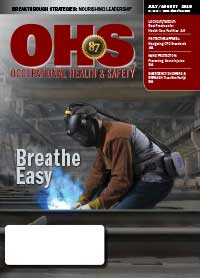
July/August 2019
- PROTECTIVE APPAREL: Chemical Protective Clothing: Navigating Standards to Match Your Hazards
- PROTECTIVE APPAREL: AR/FR Garment Considerations Often Overlooked in Summer
- PROTECTIVE APPAREL: Rainwear Performance Considerations for Electric Utility Workers: Innovative Fabrics Bring Protection and Comfort
- HAND PROTECTION: A Frontline Medical Perspective on Workplace Hand Injuries
- CONSTRUCTION SAFETY: Just Add Water
- CONSTRUCTION SAFETY: How to Choose the Right Crane and Reduce Risk When Buying a Used One
- CONFINED SPACES: The Complexities of Confined Space Safety
- CONFINED SPACES: What You Need to Know About OSHA's Confined Space Standards
- EMERGENCY SHOWERS & EYEWASH: Eyewash/Safety Shower Protection--Trust But Verify!
- FALL PREVENTION: Getting Rid of Ladders = Getting Rid of Traditional Ladders
- HEAD PROTECTION: Hard Hat Saves Lives for 100 Years
- HEAD PROTECTION: Choosing a Hard Hat? Use Your Head
- LAB SAFETY: Guidelines for Writing Your Chemical Hygiene Plan
- CHEMICAL SAFETY TRAINING: Getting it Right: Creating and Deploying an Effective and Compliant Chemical Safety Training Program
- LOCKOUT/TAGOUT: Lockout/Tagout Challenges & Best Practices for Health Care Facilities
- OCCUPATIONAL HEALTH: Occupational Health Risks: Asbestos
- FACILITY SAFETY: Creating Safe Facilities
- RISK MANAGEMENT: Mindfulness and Its Impact on Health and Safety
- RESPIRATORY PROTECTION: Breathe Easy
- RESPIRATORY PROTECTION: Respiratory Safety: An Interview with Industry Experts
- ERGONOMICS: Ergonomic Assembly Tools Can Ease the Pain of Manufacturing
Cover Story
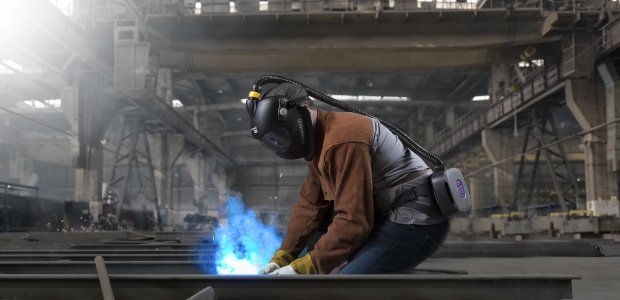
By Victoria Frank
Today's welding helmets and PAPR advancements mean that the prospect for worker safety is brighter than ever.
Features
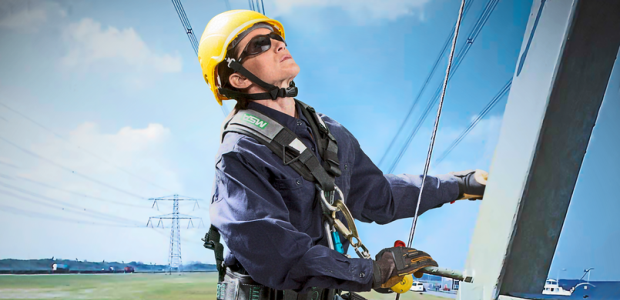
By Dennis Capizzi
A hard hat is designed to protect from impacts that could damage the brain, so take its upkeep seriously.

By Jerry Laws
Training provided to workers must cover the physical and health hazards of chemicals in the work area and measures workers can take to protect themselves.

By Linda J. Sherrard
Include it in all of your safety topics . . . first aid, chemicals, materials handling. Do whatever is needed to ensure a working, well-documented, accurate program.
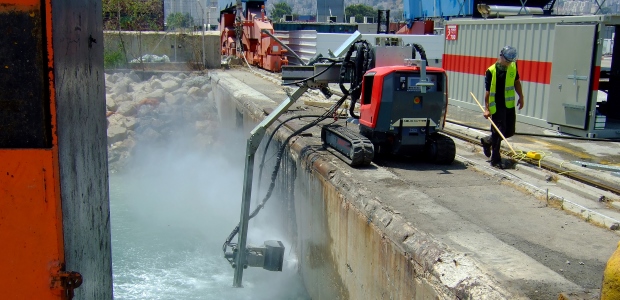
By Peter Bigwood
Robotic hydrodemolition helps to simplify bridge repair.

By Eric Dees
Tool manufacturers are improving all aspects of their tools, including the shape, size, weight, balance, torque, vibration, speed, and noise.

By Kris Corbett
Mindlessness is habitual, automatic, repetitive behavior generally brought on by multi-tasking. It can directly impact an individual's overall wellness, stress level, listening skills, injury risk and safety, and more.
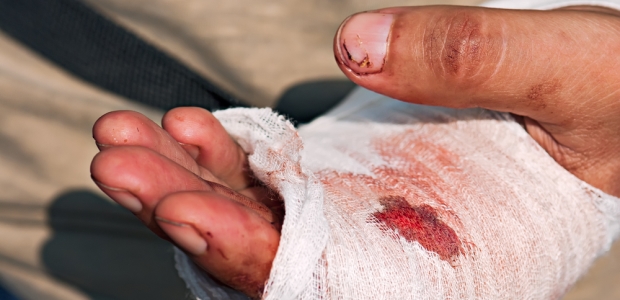
By Jennifer Choi
Today's safety professionals have more data at their fingertips than ever before, but simple hand lacerations continue to plague work sites, creating mountains of paperwork and productivity delays.
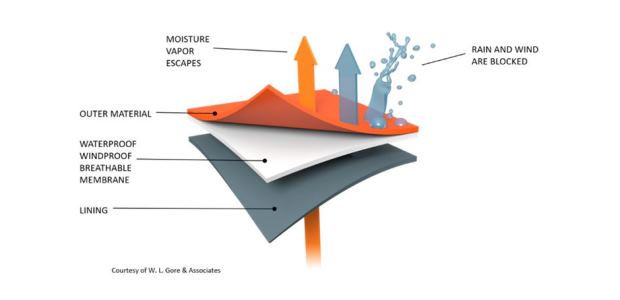
By Mark R. Miller
Utility workers need garments that not only provide protection from arc hazards and foul weather, but also ensure that they can be seen by others, reducing the risk of visibility-related workplace accidents.

By Bill Belongea
Clear, systemized safety procedures and good practices will keep your patients and employees safe with fewer accidents.
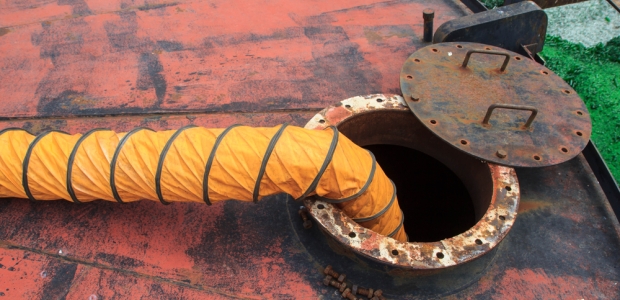
By Baxter Byrd
Once a space is designated a permit-required confined space, it engages an extra level of planning and preparation to mitigate the potential hazards.
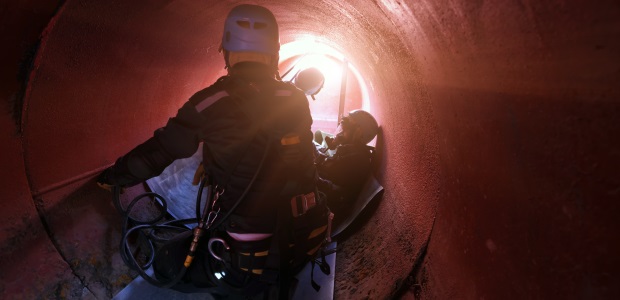
By Clare Epstein
The confined space standards for both general industry and the construction industry place great emphasis on safety training.
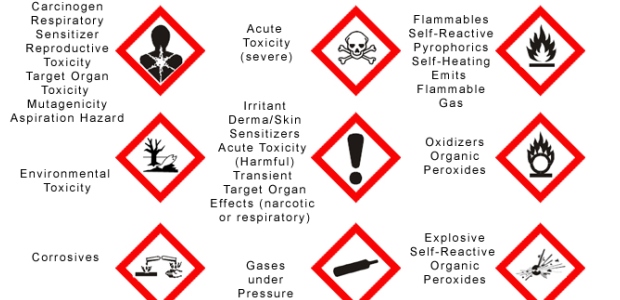
By Melissa McCaffrey
Make sure the methods discussed for detecting the presence or release of chemicals line up with the specific chemicals and hazards you have at your facility.
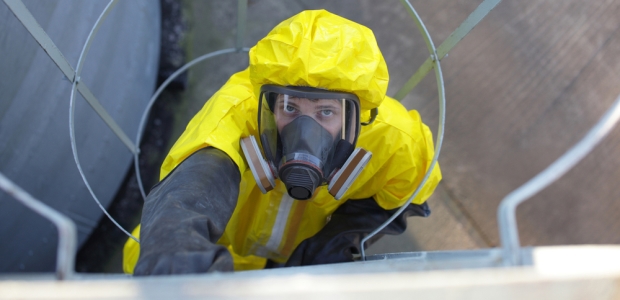
By Robyn Brooks
Respirators, when used correctly, can be an effective layer of protection for many tasks in and around a chemical plant.
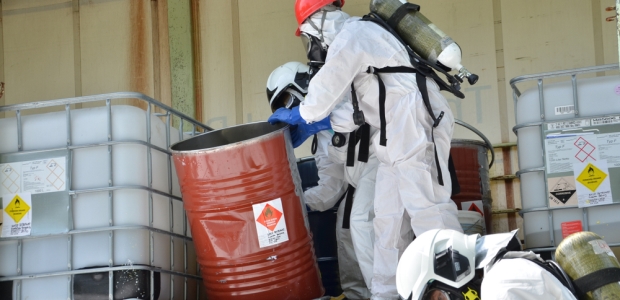
By Susan Lovasic
You should strive to select the best CPC for worker protection.

By Stacey Simmons
Think of your hard hat as a walking billboard promoting your company and its safety principles.
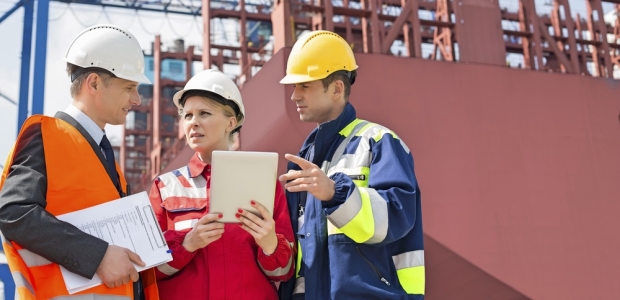
By Emily Liptak
It is important to make sure workers are made aware of any presumed asbestos-containing materials found in buildings if they were built and installed before the 1980s.

By Michael Hess
Companies should keep in mind that while standards are in place for a reason, exceeding them will always create a safer workplace.
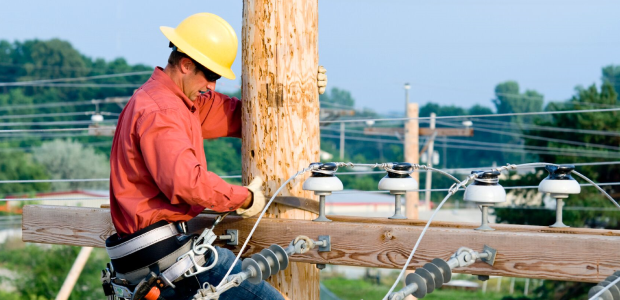
By Scott Francis
Especially in the summer months, employee comfort is a critical factor as wearer comfort directly impacts a user's want-to-wear experience.
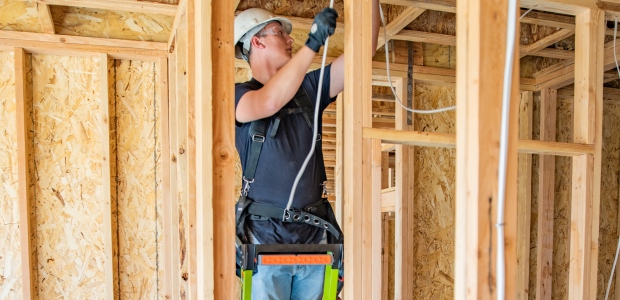
By Dave Francis
We know how people misuse ladders, so we can add safety features to prevent the accidents from happening—even when they are misused.
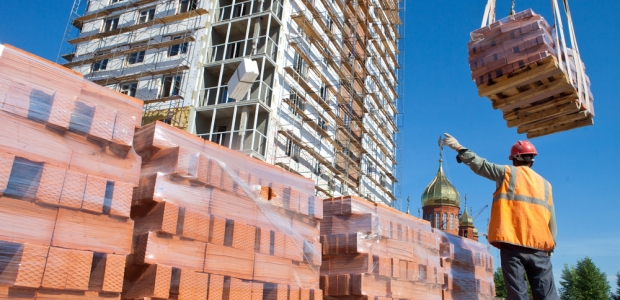
By Vernon Glick
The right type of crane can make or break your project. These seven tips will help you make the right choice as quickly as possible.
Departments
"Keep on top of the laws, they are changing as we speak," advised Eldeen Pozniak, a panelist at Safety 2019's panel discussion on marijuana legalization.
By Robert Pater
High-level leadership is a continuing challenge. This is why it's critical to focus on nourishing/feeding/supporting people on all levels.